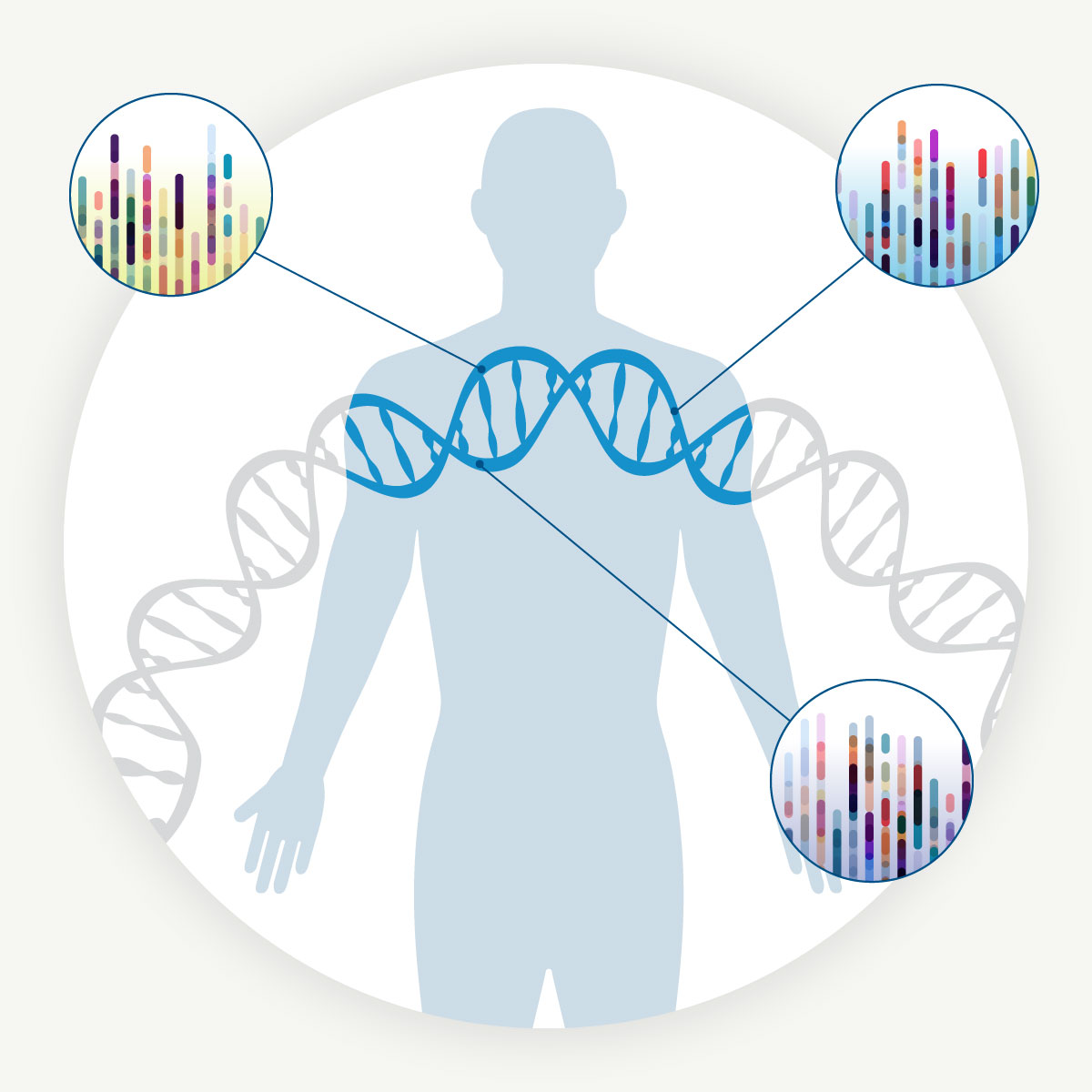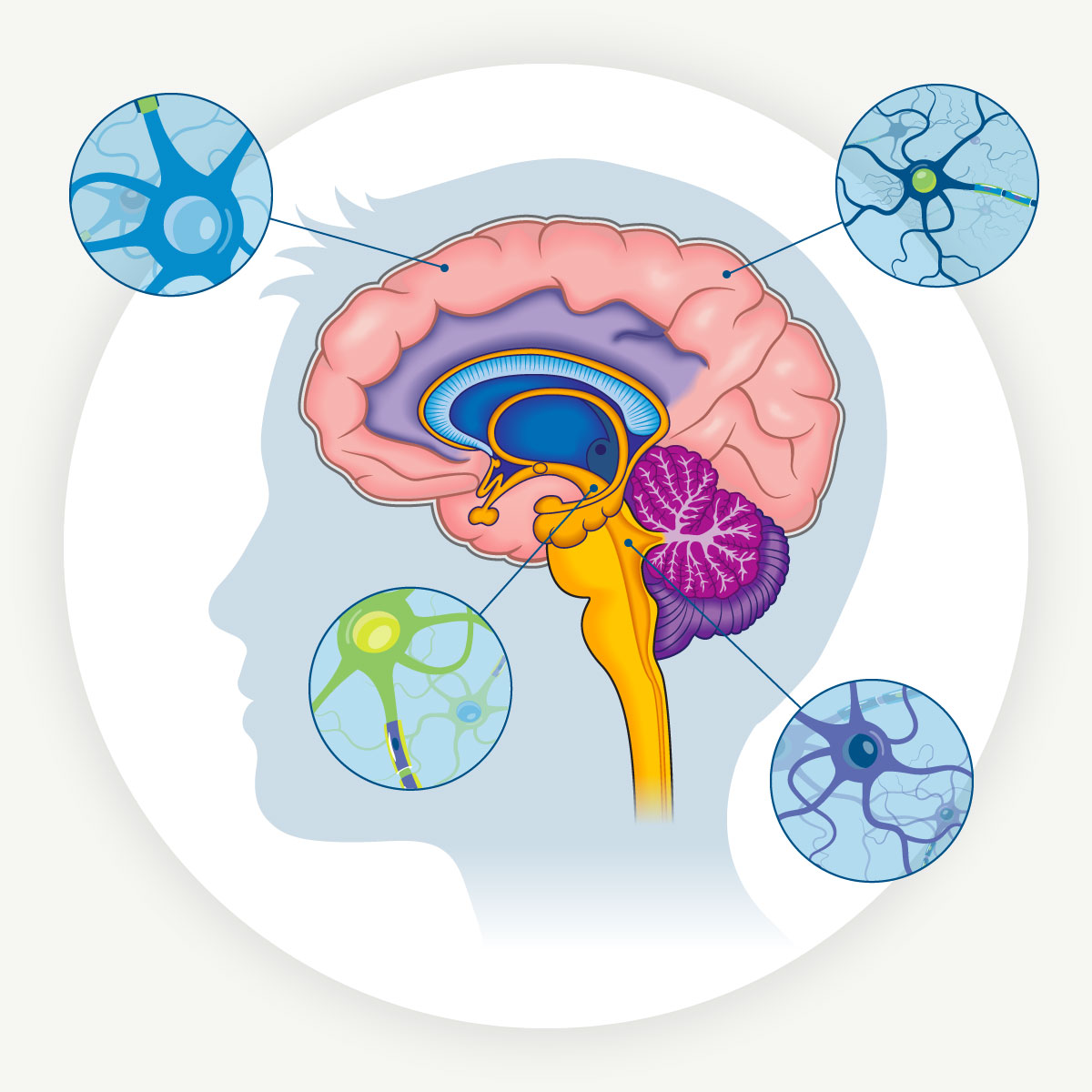Encoded’s name comes from the epigenetic code that controls when and where genes are expressed. To that end, we are identifying and optimizing human regulatory elements targeted to specific organs, starting with the brain, that can be harnessed to develop gene therapies with potentially unprecedented selectivity.

Multiplex staining in the mouse brain. Encoded's cell-selective gene therapy approach enables us to tap into the diversity of different cell types in the brain.
Our Science
The precision gene therapies being developed at Encoded are designed to modulate gene expression within specific cell types to potentially address the underlying disease mechanism.

Disorders of the central nervous system (CNS) contribute to premature mortality and lifelong disability in children and adults globally. Genetic medicines hold potential as a therapeutic modality for treating the root cause of CNS disorders, with an increasing number of gene therapies approved each year.
Encoded’s Technology Platform
Ever wondered what it takes to make a gene therapy?
Join us on a virtual lab tour at Encoded’s headquarters in South San Francisco. Meet a few of our talented scientists ready to explain what goes on behind the scenes as we work to develop potential, transformative therapies.


